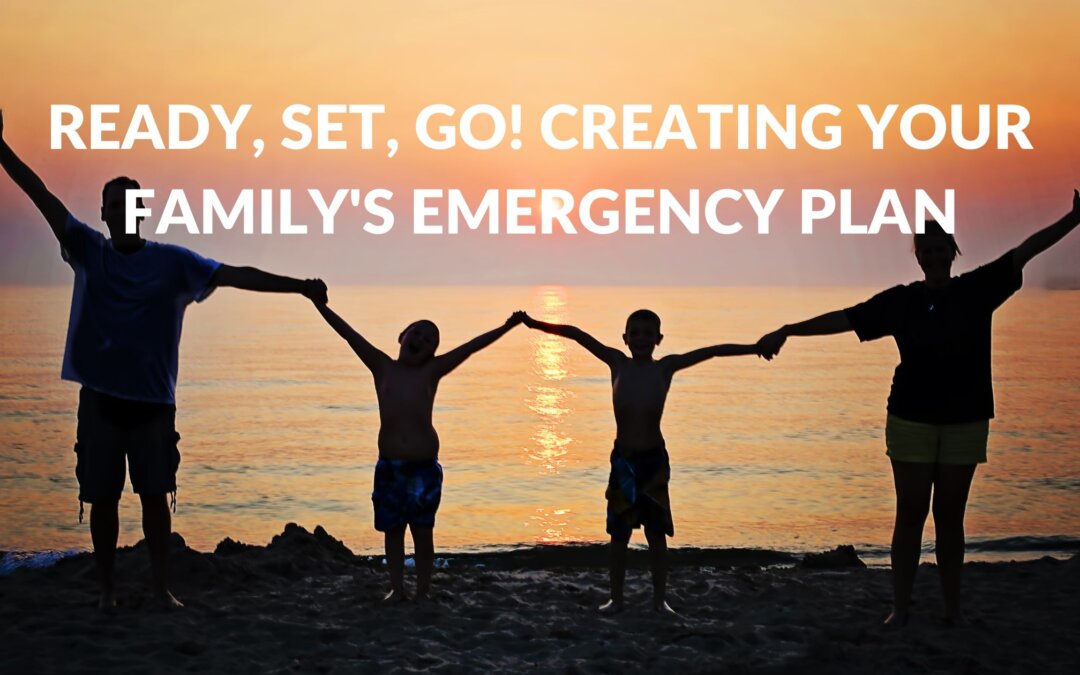In a world where unexpected disasters and emergencies can strike at any time, being prepared is not just a choice but a responsibility. “Ready, Set, Go! Creating Your Family’s Emergency Plan” is a comprehensive guide emphasizing the importance of having a well-thought-out family emergency plan.
This plan acts as a lifeline, providing security and a structured approach to ensure your family’s safety in adversity.
Understanding the Purpose of an Emergency Plan
An emergency plan is not just a piece of paper; it’s a roadmap to safety. The primary purpose of creating a family emergency plan is to guide what to do during unexpected disasters or crises. It ensures that everyone in your family is on the same page, knows their responsibilities, and has a clear set of steps to follow during times of stress.
Identifying Potential Risks
The first step in creating an effective family emergency plan is identifying the potential risks in your area. Whether you are exposed to natural disasters like hurricanes, floods, or wildfires or face human-made emergencies like power outages or medical crises, understanding these risks is essential.
Establishing Communication Channels
Effective communication is at the core of your family’s emergency plan. Designate a point of contact for your family, both within and outside your immediate household. This person will serve as a hub for gathering information, sharing updates, and providing reassurance during times of crisis.
Creating an Emergency Kit
An essential component of your emergency plan is creating an emergency kit. This kit should contain vital items such as non-perishable food, water, first-aid supplies, flashlights, batteries, and important documents.
Evacuation and Shelter Plans
In cases where evacuation is necessary, your family should have a well-defined plan in place. This includes identifying safe evacuation routes, designated meeting points, and transportation arrangements. Practice evacuation drills with your family to ensure that everyone knows where to go and how to get there.
Children and Special Needs Considerations
Families with children, elderly members, or individuals with special needs should address their unique requirements in their emergency plan. Ensure that your family’s emergency kit includes necessary supplies for these individuals and that your plan includes a system for evacuating or seeking assistance tailored to their needs.
Resource Management
Essential resources like food, water, and medical supplies become critical during an emergency. Your family’s emergency plan should include a strategy for resource management. Stockpile essential items, maintain a list of emergency contacts, and ensure equitable distribution to family members.
Practice and Review
Creating an emergency plan is only the beginning. Regularly review and update your plan to reflect changes in your family’s circumstances, like adding new members or acquiring new equipment. Practice evacuation drills, test communication channels, and refresh your emergency kit to ensure everything works as expected.
By understanding the purpose of an emergency plan, identifying potential risks, establishing communication channels, creating an emergency kit, and addressing evacuation and shelter plans, you provide your family with a structured approach to navigate emergencies effectively.

